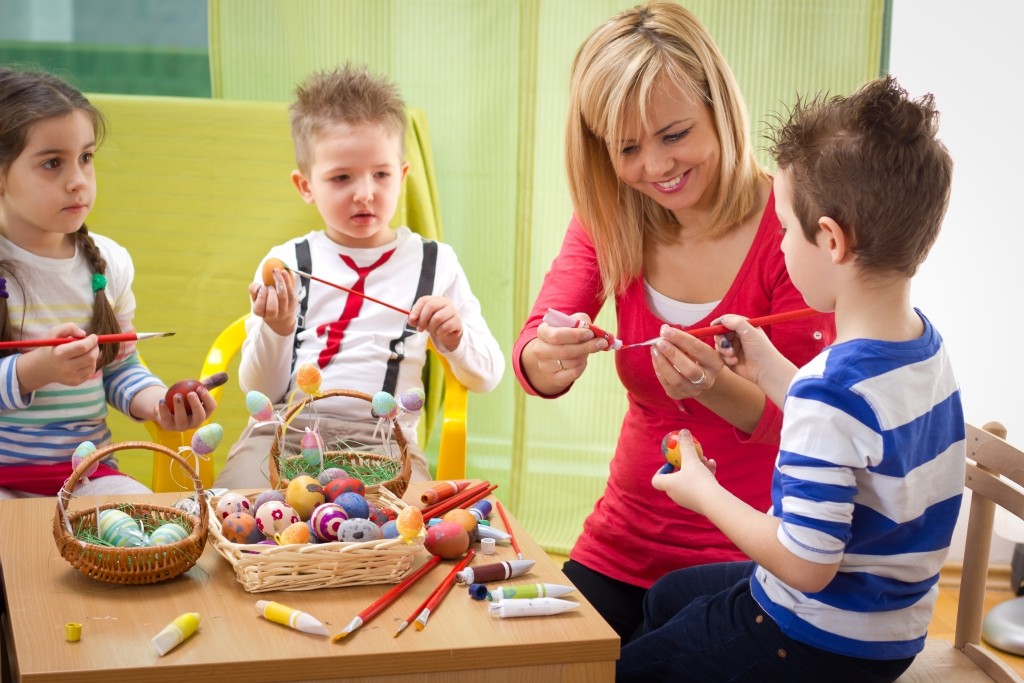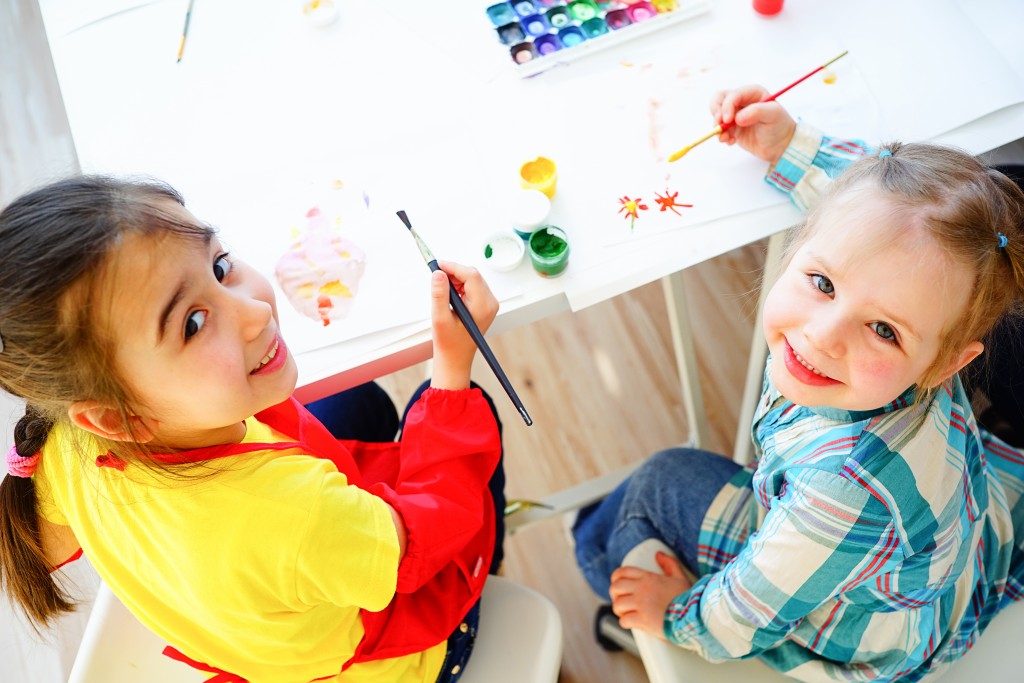Childhood is the time when creativity and imagination are at their prime. As a teacher, how can you nurture, improve, and appreciate the creativity of your beloved students? Some children are more creative than others, as intelligence is not at the same level for every child. If you want to nurture a child’s creativity and imagination, it’s the parents’ and teachers’ jobs to help them practice.
Here are some ways that you, as a second parent, can help children embrace their creative side:
1. Let them create stories
One of the best ways to nourish a child’s imagination is to have them create stories. Writing stories helps them develop creativity, improve their grammar skills, and come up with original ideas and thoughts, along with many other advantages. As a bonus, you can also publish your students’ books or stories for free as a way to appreciate and encourage their hard work.
2. Find their preferred outlets
Not every child falls into the category of writer, musician, artist, or other types of traditional art. Help children find their own creative outlets. Ask them what activities they are interested in, and what things excite them the most. Some children may be invested in wildlife and want to learn more about animals, while some are future gardeners or horticulturists in the making. Whatever their outlet may be, help them find ways to cultivate it.
3. Practice traditional arts
Don’t stray from traditional arts just because not every child may be invested in them. Most kids don’t find out their passion unless they are introduced to it, so make sure you do a lot of singing, dancing, drawing, painting, acting, reading, and other forms of creative activities in the classroom. However, don’t punish or single out the kids who don’t want to engage in these activities; their passion may be lying elsewhere.
4. Introduce great examples

Let children know about the various creative icons in history and in current times. Introduce them to creative examples like Picasso, Beethoven, Michaelangelo, and many, many more that can serve as inspirations.
5. Give recognition
Post drawings, stories, paintings, and other physical results of creativity in the walls of your classroom. For activities that don’t result in tangible results, like dancing and singing, take pictures and post them on the wall as well. Recognizing creativity is one of the best ways to encourage and nurture it, so don’t miss out on opportunities to showcase it.
6. Balance group work and individual work
Creativity best flourishes in individual work compared to group work. Create a healthy balance of individual work and group work in the classroom. With individual work, students can come up with original ideas and thoughts that they can develop by themselves. On the other hand, group work allows students to share their ideas and learn to work with a team to create the best outcome.
Creativity may not be inherent to all children. While some kids may be more creative than others, it doesn’t mean the others are “lacking” in that department. Most likely, they need help to let their creativity and imagination flourish, which their teachers can do using these recommendations.

